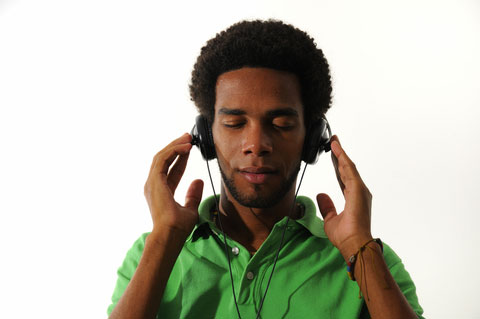Foreword

You may be asking, "Why do I have to take a course in music?" There are a number of answers to that question:
- The Greek philosophers understood that the study of music was an essential component of their students' education.
- Music has been part of the university curriculum since the Middle Ages.
- Studies have shown that studying music improves cognition—it makes you smarter—and listening to music helps you work more effectively.
- Educators who determine the liberal arts component of the college curriculum believe music to be an essential part of your portfolio.
- Employers like to hire people with a knowledge of music because music teaches skills that benefit every worker: time management, organization, clear communication, empathy, and teamwork.
How is the text organized?
Unit One introduces the concept of critical and active listening and proceeds to some important preliminaries such as musical vocabulary, notation, and acoustics. Basic components of music such as pitch, rhythm, dynamics and timbre are discussed in chapter two. Chapter three introduces the musical instruments used in Western music, and Chapter four lays the foundation for a discussion of emotion and meaning in music.Beginning with Unit Two, Music for the Listener is organized chronologically, beginning with a lecture on music in the ancient world and progressing through the Middle Ages, the Renaissance, the Baroque, the Classic Period, the Romantic Period, and the Modern Era. In each chapter major composers are introduced, along with their most important contributions to the canon.
All along the way you will encounter sidebars that interject fascinating facts, clarify concepts, and give more information about major composers and the works that changed the course of music history. Playlists will direct you to recordings of pieces you should hear. Listening to these pieces is analogous to reading the poems, stories, essays, and novels you would read in a literature course. That's why we refer to them as music literature.
At the end of the book you will find a couple of ancillaries that will prove quite useful: a glossary and a timeline. These will be especially helpful in organizing your materials and preparing for exams.
All of us who teach Discovering Classical Music hope you will find this text engaging and useful. We welcome your input and encourage you to send us your comments. We will incorporate your suggestions into future editions. But for the present, we wish you much success in this course and hope it brings you joy!